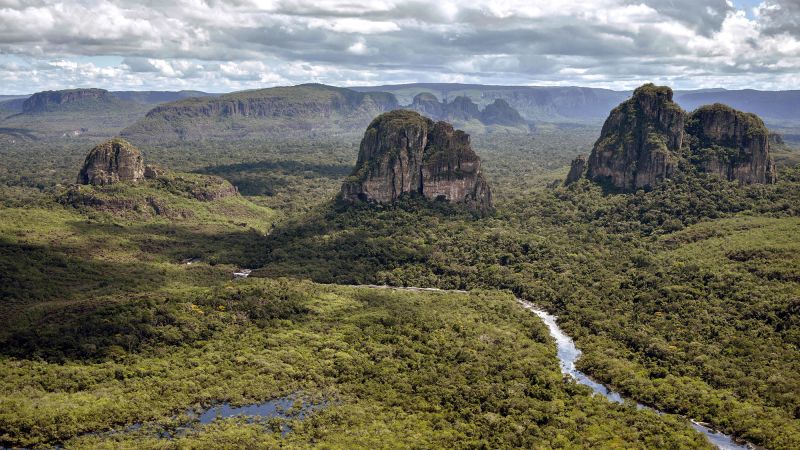In a recent groundbreaking study published in the journal *Science Advances* on May 30, 2023, scientists from Colombia have made significant discoveries regarding ancient human populations. Their research, focused on skeletal remains unearthed in the Bogotá Altiplano, has unveiled that the individuals they examined belong to a previously unidentified population, devoid of any known ancestors or modern-day descendants. This remarkable find sheds light on the intricate tapestry of human migration and genetics within South America.
The skeletal remains examined in this study pertained to 21 individuals, some of whom date back as far as 6,000 years. These individuals represent a lineage distinct from the two established lineages of northern and southern Native Americans. Previous scientific investigations have traced the origins of these groups to early human migrations across an ice bridge from Siberia, suggesting a complex pattern of movement as nomadic hunter-gatherers migrated southward into the Americas. However, the timeline of when populations transitioned from Central America to South America remains uncertain, posing intriguing questions about early human behavior and settlement patterns.
Study author Andrea Casas Vargas, a researcher from the Universidad Nacional de Colombia, highlighted the importance of this work in understanding the origins and movements of nomadic populations. Vargas stated that the research revealed unique genetic signatures among these ancient individuals, which were not found in any existing genetic databases. This unforeseen finding left the research team “very surprised,” as they did not anticipate discovering a lineage that had not been previously documented across other populations.
Colombia’s geographical location as a gateway to South America plays a vital role in studying the continent’s ancient human populations. According to Casas Vargas, this study is particularly groundbreaking because it marks the first successful sequencing of entire genomes from ancient samples in Colombia. The significance of these findings extends beyond understanding the individuals themselves; they prompt further inquiries about their origins, migrations, and the possible factors that led to their eventual disappearance.
Vargas expressed concerns over the mystery surrounding the eventual extinction of this population, questioning whether it was the result of environmental changes or whether these individuals were supplanted by more dominant groups. She emphasized that further research is needed to explore these questions comprehensively, stating, “Our next investigations will look for other archaeological remains from other regions of the country and analyze them at the genetic level and complement this first discovery.”
Christina Warinner, a professor of scientific archaeology at Harvard University, emphasized the strategic importance of Colombia in understanding the peopling of South America. Warinner described the region as a “key region” for comprehending ancient migrations but noted that it has previously been overlooked in ancient DNA studies of the Americas. By addressing this gap, the research underscores the profound history of population migration and genetic mixing that has shaped contemporary populations in both North and South America.
In summary, the findings of this study illuminate the expansive historical narratives of human migration, particularly within the South American context. As researchers delve deeper into the genetic histories of the continent’s ancient populations, they are likely to unravel more mysteries regarding the early interactions and cultural exchanges that contributed to the formation of modern societies. The study not only contributes to academic discourse but also paves the way for future investigations that could further illuminate the complex genetics and histories that shaped early human civilizations in the Americas.



